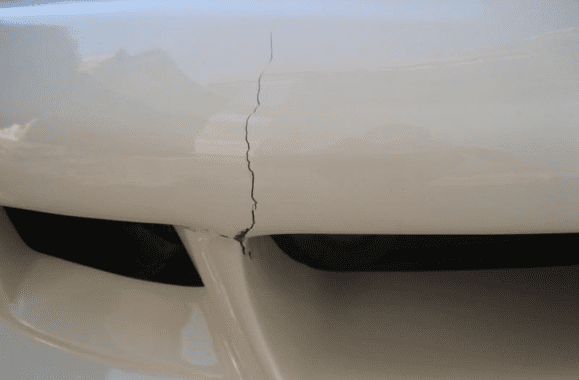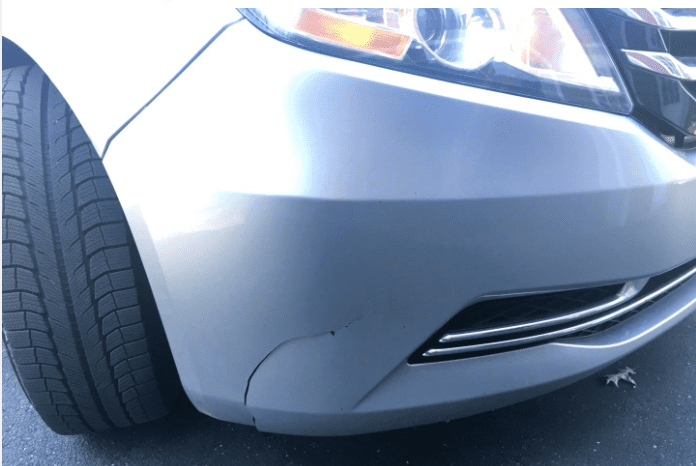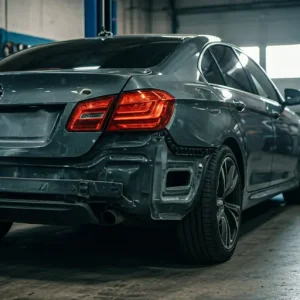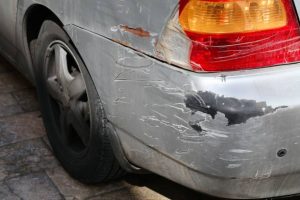When it comes to fixing damage on your vehicle’s bumpers, many options available can be time-consuming and labor-intensive. Have you ever considered bumper repair epoxy – In this guide, we’ll unveil everything you need to know about repairing bumpers using epoxy and how this can be the ideal solution, saving you both time and money.
What is Epoxy?
Epoxy is a type of high-performance adhesive material known for its exceptional strength. Its resilience and resistance to corrosion make it an ideal choice for repairing damaged bumpers.
How to Use – bumper repair epoxy:
1. Surface Preparation:
Before starting the repair process, thoroughly clean the bumper using a specialized solvent to ensure surface integrity and proper adhesion of the epoxy.
2. Mixing the Compound:
Follow the instructions on the epoxy packaging to mix the components correctly. The mixture should be homogeneous to ensure optimal performance.
3. Applying the Epoxy:
Use an appropriate tool to apply the epoxy evenly on the bumper. Make sure to distribute it in a way that covers the damage completely.
4. Smoothing and Shaping:
Using a surface-smoothing tool, shape the epoxy to perfectly match the bumper’s structure. This step helps achieve a natural and appealing appearance.
Benefits of bumper repair epoxy:
1. Time and Effort Savings:
Instead of resorting to traditional repair shops, you can perform a simple repair using epoxy at home, saving you both time and effort.
2. High Durability:
Epoxy provides high durability, meaning your repair will last for an extended period without the need for frequent maintenance.
3. Cost-Effectiveness:
In comparison to some alternative options, repairing bumpers with epoxy is an economical choice.

Tips For Using – bumper repair epoxy
Here are some tips when using bumper repair epoxy, without photos:
Essential Tips for Repairing Bumpers with Epoxy
Bumper repair epoxy is a versatile and effective solution for mending various bumper damages, ranging from minor scratches to significant dents. To ensure a successful repair, follow these crucial guidelines:
Select the Right Epoxy: Choose a bumper repair epoxy specifically designed for bumper repair. These epoxies are typically stronger and more flexible than general-purpose epoxies, making them ideal for adhering to and mending plastics.
Thorough Cleaning: Before applying bumper repair epoxy, meticulously clean the affected area to eliminate any dirt, grease, or other contaminants that could hinder proper bonding. Employ a mild detergent and water or a solvent like acetone for thorough cleaning.
Surface Roughening: Once the area is clean, roughen the surface using sandpaper to create a better adhesion surface for the epoxy. Utilize 100-grit sandpaper for this step.
Epoxy Mixing: Follow the manufacturer’s instructions to precisely mix the two epoxy components, typically in a 1:1 ratio. Once mixed, you have about 15 minutes to apply the epoxy before it begins curing.
Epoxy Application: Apply the epoxy evenly to the affected area using a putty knife or applicator, ensuring complete coverage of the repair zone.
Clamping for Crack Repair: When repairing a crack, clamp the pieces together firmly to hold them in place during the epoxy curing process. C-clamps or other suitable clamps can be employed for this purpose.
Complete Epoxy Curing: Allow the epoxy to cure fully according to the manufacturer’s instructions, typically around 24 hours.
Sanding and Painting: After the epoxy has cured completely, sand the area to smooth out any irregularities. Finally, paint the area to match the rest of the bumper.
collision repair in houston tx
Additional Tips for Epoxy Bumper Repair:
- Wear gloves and safety glasses to protect yourself from epoxy exposure.
- Ensure adequate ventilation during the repair process.
- If you lack experience with epoxy, seek assistance from a professional.
By following these guidelines and exercising care, you can effectively repair your bumper using epoxy and restore its original appearance.
When I can use – bumper repair epoxy
Epoxy is a versatile and strong adhesive that can be used for various automotive repairs, including bumper repair. However, it’s important to note that epoxy may not be suitable for all types of bumper damage, and there are specific situations where it can be effectively used.
- Minor Cracks and Fractures: Epoxy is well-suited for repairing minor cracks and fractures in bumpers. If your bumper has sustained small cracks or is starting to split, epoxy can be used to bond the broken pieces together. Make sure to clean the damaged area thoroughly before applying epoxy for optimal adhesion.
- Broken Mounting Tabs: Bumpers often have mounting tabs that secure them to the vehicle frame. If these tabs break or become damaged, epoxy can be a good solution. It provides a strong bond and helps restore the structural integrity of the mounting points. Ensure that the surface is clean and free of any contaminants for a reliable bond.
- Cosmetic Repairs: Epoxy can be used for cosmetic repairs, such as fixing small dents and scratches on the bumper surface. It can help smooth out imperfections and create a more aesthetically pleasing finish. However, for larger dents or significant damage, other repair methods may be more appropriate.
- Reinforcing Repaired Areas: After performing more substantial repairs, such as welding or plastic welding, epoxy can be used to reinforce the repaired areas. This additional layer of epoxy can enhance the strength of the repair and provide extra support.
- Attachment of Trim or Spoilers: If your bumper has additional components like trim pieces or spoilers, epoxy can be used to securely attach these elements. Ensure that the surfaces are clean and properly aligned before applying the epoxy.
Epoxy is a versatile and effective solution for many bumper repair tasks, but there are certain situations where it may not be the best choice. Here are some instances when it’s advisable to avoid using epoxy for car bumper repair:
1. Extensive Damage:
If the bumper damage is widespread or involves deep cracks or large dents, epoxy may not provide sufficient strength and durability to restore the bumper’s structural integrity. In such cases, professional bumper replacement or welding techniques may be necessary.
2. Incompatible Materials:
Epoxy is primarily designed for repairing bumpers made of plastic, such as ABS, polyurethane, or PVC. If your bumper is made of a different material, such as metal or fiberglass, epoxy may not adhere properly and could lead to further damage.
3. Certain Bumper Components:
Epoxy is not suitable for repairing all bumper components. For instance, it’s not recommended for fixing bumper brackets, mounting points, or internal structural supports. These areas require specialized repair methods or replacement parts.
4. Underside Bumper Repair:
Epoxy may not be the most effective choice for repairing the underside of the bumper, as it may be prone to chipping or peeling due to road debris and harsh weather conditions.
5. Poor Surface Preparation:
If the bumper surface is not properly cleaned, sanded, and roughened, epoxy may not bond properly, resulting in a weak and ineffective repair.
6. Improper Mixing or Application:
Incorrect mixing ratios or improper application of epoxy can lead to premature curing, uneven adhesion, or incomplete coverage, compromising the repair outcome.
7. Insufficient Curing Time:
Rushing the curing process can prevent the epoxy from reaching its full strength and durability, making the repair more susceptible to damage.
8. Lack of Experience:
If you are unfamiliar with epoxy application techniques or lack experience with bumper repair, it’s advisable to seek assistance from a professional to ensure a successful and lasting repair.
Bumper Repair In Houston TX

Can I use epoxy to fix a bumper?
Yes, epoxy can be used to fix a bumper for minor cracks, fractures, and cosmetic repairs.
What is the best epoxy for car bumpers?
What kind of glue to repair a cracked bumper?
For repairing a cracked car bumper, use a plastic bumper repair adhesive or automotive-grade epoxy.
What is the best filler for plastic bumpers?
The best filler for car plastic bumpers is a high-quality automotive plastic filler designed for use on automotive surfaces.
Conclusion forbumper repair epoxy
If you’re wondering how to easily and efficiently repair your vehicle’s bumpers, using epoxy is a fantastic solution. Follow the steps carefully, and you’ll achieve remarkable results. Don’t let damage on your vehicle’s bumpers hinder its appearance; take the right step today.





